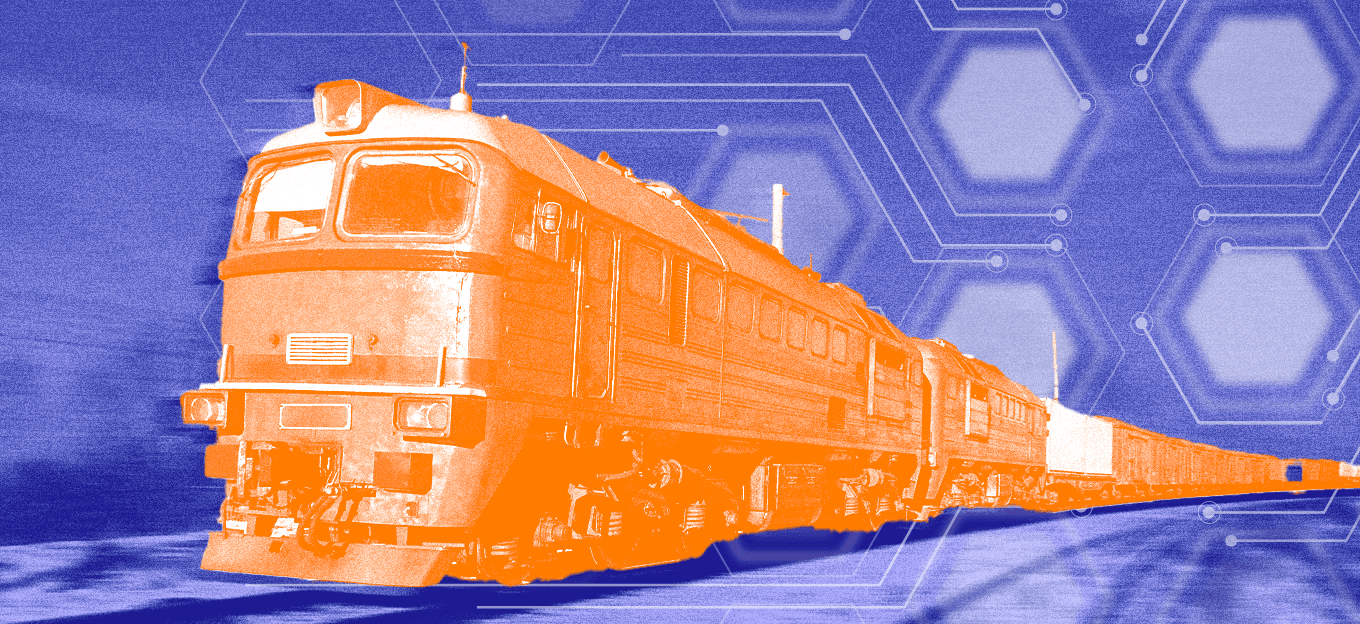IoT and the Race for the Car of the Future
IoT and the Race for the Car of the Future
- Last Updated: December 2, 2024
Guest Writer
- Last Updated: December 2, 2024



When people think of the car of the future, they usually imagine something that drives (or even flies!) itself, but there’s much more to innovation in the automotive industry than just autonomy.
According to Gartner, there will be more than 250 million connected vehicles on the streets by the end of 2020. "Connected vehicle" doesn’t just mean "self-driving" – it includes anything that enhances our life on the road by communicating with other devices.
From anti-lock brakes to rearview mirrors, motorsport has pioneered a number of things that are now considered standard on the vehicles we drive every day, and you’ll struggle to find a more connected vehicle than a modern Formula 1 car.
Over the course of a race weekend, a Formula 1 team will farm around 2TB of data from each car. A whole web of sensors collects information on forces, temperatures, displacements and pressures, allowing the engineers and drivers to build a more complete picture of how the car is performing and helping them to slash away those elusive extra split seconds. In the all-electric Formula E series, 150 sensors monitor each car’s vital stats during testing, although only a fraction of them can be used during the race.
While teams such as Mercedes AMG Petronas, Red Bull and Ferrari use the data collected to make their cars go around the track faster, there’s a secondary benefit that has already trickled down to road cars, and they will only continue to become more sophisticated in the future.
Rather than telling you how to take the corners on your route to work more quickly, predictive maintenance technology uses sensors to warn car owners when a part is likely to fail. By monitoring the health of the battery in real-time, for example, cloud-based algorithms can evaluate the chance of a breakdown and warn the driver in advance via their smartphone.
This kind of technology relies on the transfer of data between the car and the server, which Formula 1 teams are also pioneering. The majority of what's collected can only be transferred when the car is in the pits, but, as with everything in motorsports, time is of the essence. Since 2017, teams have used two wireless standards to transmit the data. It starts as soon as the car enters the pit lane, but, when it’s within four meters of the garage, it switches to a faster 1.9 gigabit-per-second upload, meaning a gigabyte of data can be transferred in less than five seconds.
As more and more road cars become connected, transferring large amounts of data in real-time is going to be crucial to keeping things running smoothly, particularly if human drivers are removed from the equation. The launch of 5G technology will be essential in facilitating this, with range, latency and speed all increased over what’s possible with current 4G networks.
Through 5G and V2X (vehicle-to-everything), innovations that are powering modern motorsports, like data-sharing technologies, are finding their way from the racetrack to the roadway.
V2X Technology
Of course, on the road, the competitive element would be removed, but you’d have to consider the fact that, unlike on a racetrack, not every vehicle is traveling in the same direction. That’s where V2X comes in. V2X is the two-way communication between the vehicle and other devices around it that will really change how we drive. V2X stands for "vehicle-to-everything" and is fundamental to the viability of self-driving cars, enabling each vehicle to navigate a network of streets full of traffic, pedestrians and other hazards through constant communication with almost everything it must share the road with.
While Formula 1 can’t help in this regard, a different, emerging race series is already pushing autonomous vehicles to their limit. Roborace is in its first experimental season – "Season Alpha" - of races using fully autonomous vehicles. The outer limits of the circuit layout are scanned in advance by people carrying high-precision GPS systems on scooters. Once the car knows where the asphalt ends, it’s down to the team’s algorithms to work out the quickest way around the track – without crashing into the others.
Roborace’s Devbot 2.0 cars are packed with five LIDAR (light detection and ranging) sensors, two radars, six cameras and 18 ultrasound sensors, which allow them to navigate racetracks at speeds of over 200mph without colliding. Even if they did, the absence of any human beings makes the track a far safer proving ground than a normal street for V2X and self-driving vehicles.
The potential of V2X will not be limited to just autonomous driving though. It will evolve the passenger’s experience as well. In the future, vehicles will be seen as more than just a mode of transport and will offer passengers with in-car entertainment. This will be particularly true for the driverless cars where entertainment will go far beyond drivetime radio or onboard video. As autonomous cars shuttle passengers through their work commutes or on trips to places miles away, passengers—no longer tasked with driving or even navigating—will be a captive audience, complete with a steady in-car 5G connection. This newfound free time for media consumption will mean new revenue options for automotive, telecoms, advertising and content/streaming businesses, who will fight for the passenger's attention.
With a strong focus on innovation, motorsport is testing new technology and pushing the boundaries of what’s possible. With IoT and enhanced V2X communications, these innovations will bring the new connected car experience a little bit closer.
The Most Comprehensive IoT Newsletter for Enterprises
Showcasing the highest-quality content, resources, news, and insights from the world of the Internet of Things. Subscribe to remain informed and up-to-date.
New Podcast Episode

The State of Smart Buildings
Related Articles





